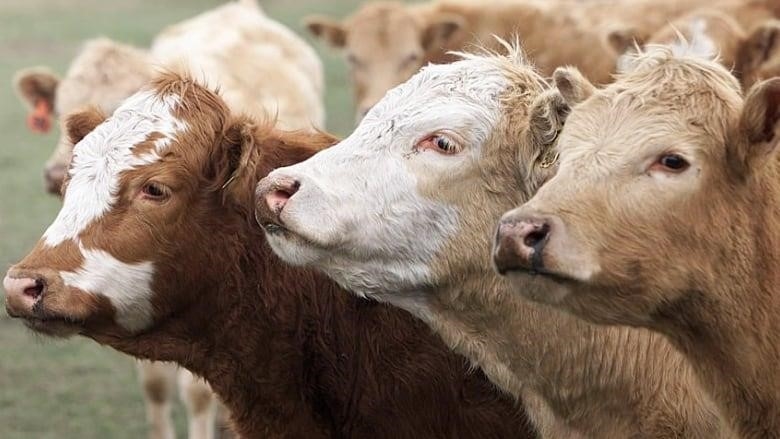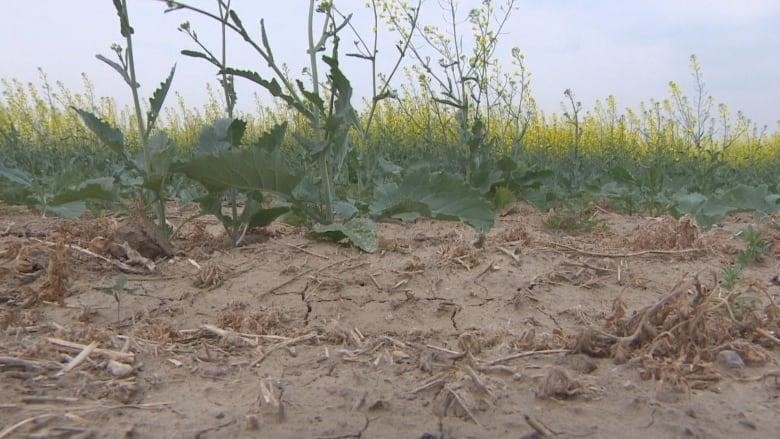
Ranchers say that the main problem is a lack of feed for the cattle
Because it hasn’t rained in many parts of western and southeastern Saskatchewan for a long time and it’s been warm, the province has asked the federal government for more help to help livestock producers.
Monday, David Marit, the provincial agriculture minister, wrote a letter to his federal counterpart, Marie-Claude Bibeau, asking her to think about an AgriRecovery assessment. That lets the federal and provincial governments figure out how natural disasters like drought affect producers and take action, like giving them money to help with things like the cost of feed going up.
“Even some of the pastures are starting to turn brown, and people are worried about how long the animals can stay there,” Marit told CBC News on Tuesday afternoon.
“These are very hard times.”
Marit said that when he goes to New Brunswick this week for the annual meeting of federal, provincial, and territorial agriculture ministers in Fredericton, he will talk to Bibeau about the province’s request.

Garner Deobald is a rancher in southwest Saskatchewan and the president of the Saskatchewan Stockgrowers Association, which represents ranchers in the province. He is happy to hear that the province wants an AgriRecovery assessment.
He said that things are so bad that other people who raise livestock have had to sell or kill some of their animals because there isn’t enough hay or grass.
“Most of us can handle a drought for a year or two. But after that, it gets really hard, and you don’t have many options for keeping cow herds,” Deobald said, adding that some ranchers have been dealing with these problems for more than five years.
“It’s really getting hard.”
Deobald said that producers would benefit from an AgriRecovery assessment. This would be in addition to the move made last week by both levels of government and the Saskatchewan Crop Insurance Corporation, which lets low-yielding crops be turned into feed.
“At the end of the day, you have nowhere else to go,” he said. “That little bit of help will get us through.”
“I hope next year will be better if the weather is nice.”
Beef prices on the ris
A lot of southern Saskatchewan is in a drought, which is also affecting grocery stores across the country.
The director of the Agri-Food Analytics Lab at Dalhousie University, Sylvain Charlebois, said that the price of beef (except for ground beef) has gone up by 25% in the last month, which is the biggest increase since 2014.
“It cost a lot more to feed livestock this year because of the weather, and when feed costs go up, ranchers tend to get rid of their stock,” he said.
“It’s always the same thing; they’ll figure out when the best time is to sell their stock. This is what happened.”
Aside from feed prices, Charlebois said that the cost of ranching on the Prairies has gone up a lot in the last few years.
“Every year, we lose ranchers, so that’s nothing new,” he said.
Statistics Canada shows that the cost of raising cattle in Saskatchewan has gone up 33% from the first quarter of this year to the first quarter of 2022.
Deobald said that for many ranchers, what keeps them going is their love for the way of life and their family ties that go back generations.
“It’s a huge investment in which everyone has a lot of faith. “You just can’t leave it, so you try again and again,” he said.
“We love what we do.”
